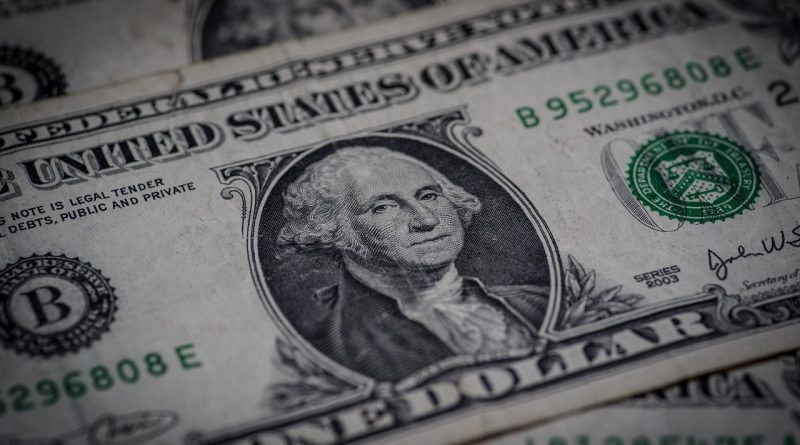Bangladesh’s currency is increasingly showing signs of overvaluation as subdued import demand and weak private-sector credit flows coincide with robust remittance inflows.
The central bank’s real effective exchange rate (REER) index — a key gauge of currency valuation against a basket of 15 major trading partners — climbed to 103.84 in August, up from 101.23 a month earlier. A REER reading above 100 signals an overvalued currency, eroding export competitiveness while making imports cheaper.
According to Bangladesh Bank data, the dollar should have traded at Tk126.31 in August based on the REER, but instead averaged Tk121.64 — leaving the taka overvalued by Tk4.67.
Central bank officials confirmed they are purchasing dollars to narrow the gap. “We’re rightly buying dollars, otherwise the difference would have been wider,” said one senior official. Since July, the regulator has bought US$1.88 billion from the market.
Economists, however, warn that persistent overvaluation could hurt trade. “This is having a negative impact on export earnings,” said Dr M Masrur Reaz, chairman of Policy Exchange Bangladesh. He noted that while the situation was favourable in recent months, volatility is now returning.
The stronger taka also feeds into higher inflation relative to Bangladesh’s trading partners, though Dr Reaz expects pressures to ease as import demand rebounds after the general election. Private-sector credit growth, which stood at just 6.52% year-on-year in July, remains a key drag on imports.
Bangladesh Bank’s chief economist Dr Akhtar Hossain said sluggish imports are a reflection of weak private-sector investment. “Once private investment gains momentum, import demand will rise,” he said, stressing the need for stronger FDI flows as domestic savings remain stuck at 23% of GDP and investment at around 30%.
Amid these pressures, remittance inflows surged nearly 27% year-on-year, reaching US$30 billion in FY2025, helping keep foreign exchange supply comfortable despite the slowdown in imports.






